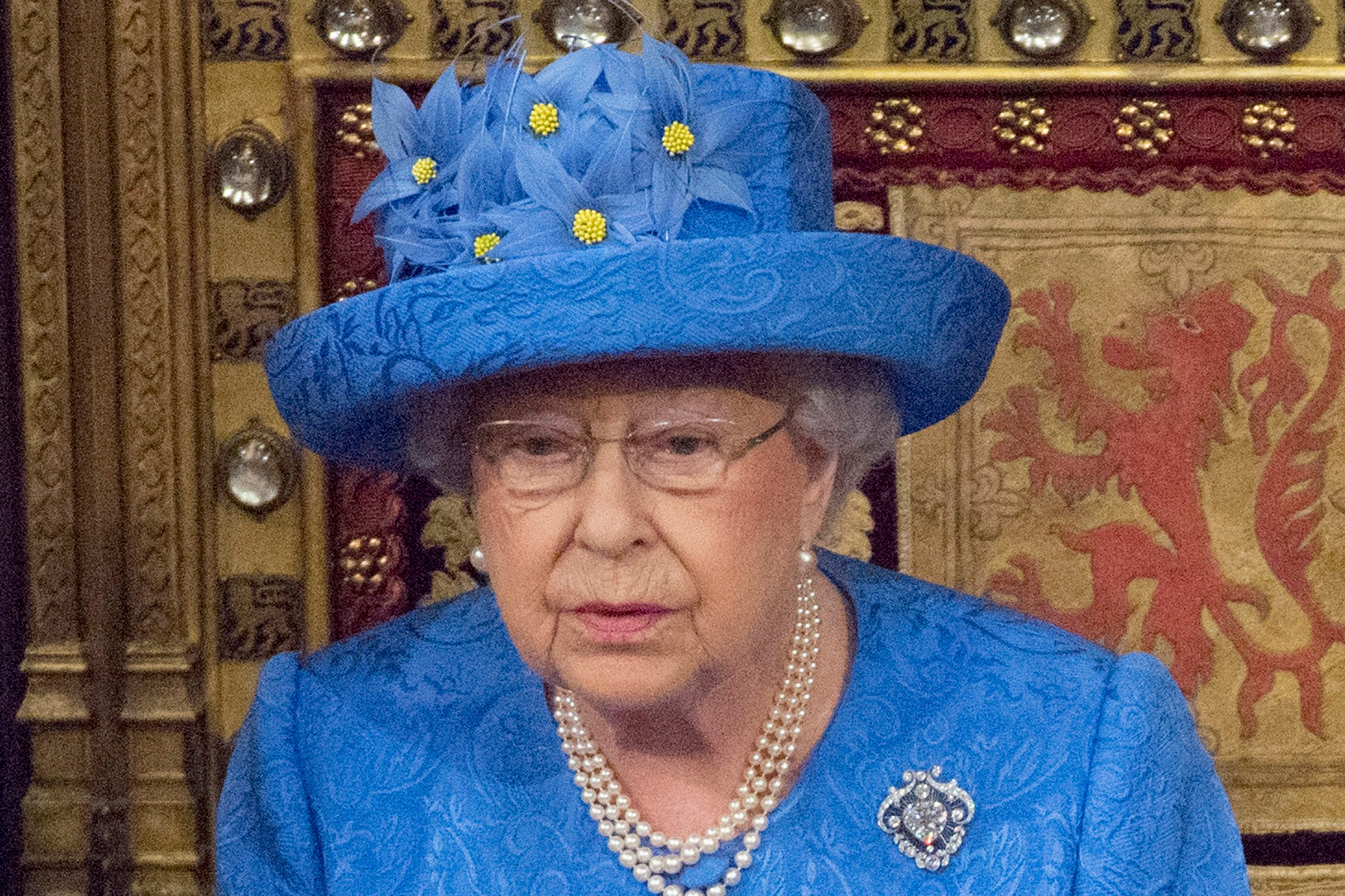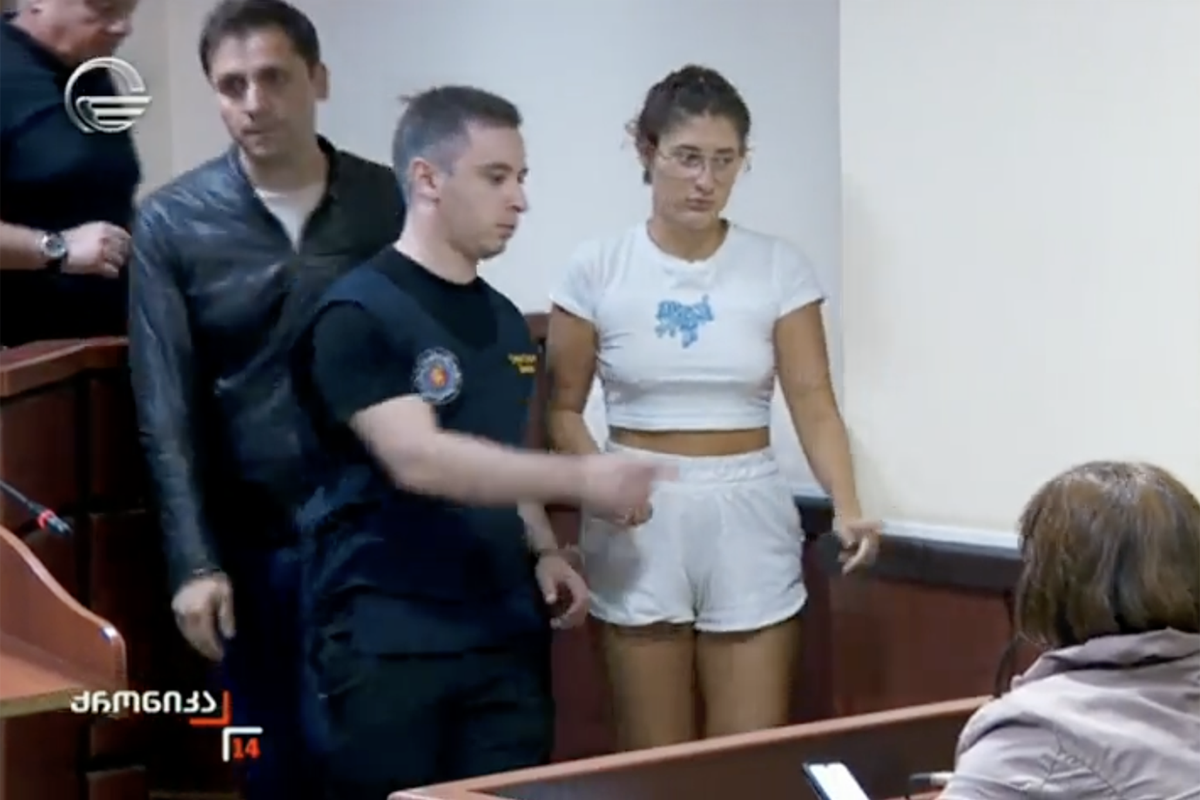So now, nine years after the Brexit referendum, we finally know the answer: Elizabeth II was a Remainer. In a new book, Power and the Palace: the Inside Story of the Monarchy and 10 Downing Street, royal biographer Valentine Low has cracked the secret.
Three months before the 2016 Brexit referendum, the late Queen reportedly told a senior minister: “We shouldn’t leave the EU.” She apparently later added: “It’s better to stick with the devil you know.”
The revelation puts the lie to The Sun’s front-page story before the referendum, headlined “Queen Backs Brexit”. At the time, Buckingham Palace took the rare step of complaining about the story, saying the Queen was “politically neutral”. The Sun, which had backed Brexit, later published a press watchdog ruling, saying the headline was “significantly misleading”.
The Queen’s Remainer views align with her character and long life story. Yes, as someone who was highly efficient and not self-indulgent, she was, as one royal insider put it, frustrated by Brussels bureaucracy. David Cameron seconded that, saying: “You always sensed that, like most of her subjects, she thought that European co-operation was necessary and important, but the institutions of the EU sometimes can be infuriating.”
But the Queen’s worldview was also dictated by the Second World War – and the part her father, George VI, played in the mighty struggle to vanquish the Nazis and bring peace to Europe. She herself was the last international leader to have actually served her country in the war.
No surprise then that, as another Buckingham Palace source put it, the Queen saw the EU as part of the post-war settlement, “marking an era of cooperation after two world wars”. She had seen Europe tear itself apart. She didn’t want to see it happen again.
The Queen was the ultimate steady-as-she-goes, trustworthy hand-on-the-tiller monarch. The last thing she wanted was disruption; the first thing she wanted was maintenance of the peaceful post-war status quo.
Hence, her reputed suggestion about another referendum, the 2014 vote on the proposed independence of her beloved Scotland from her beloved England. Just before the referendum, as the Queen left Crathie Kirk near Balmoral after the Sunday morning service, she told a well-wisher: “Well, I hope people will think very carefully about the future.” That gentle, subtle sentence could have stood as her political credo.

There’s a suggestion that she sometimes used her clothes to signal her political intentions. At the Elizabeth Line opening in 2022, she wore a bright yellow coat and hat decorated with blue flowers – thought to be a show of support for Ukraine following the Russian invasion. And, in 2017, at the State Opening of Parliament, a year after the Brexit referendum, and following a general election that had seen the vote for Nigel Farage’s party Ukip collapse, she donned a blue hat with yellow flowers. Was this a coded political message? Her dresser, Angela Kelly, later insisted that the colours – which, to some, resembled the EU flag – were just a coincidence…
What is clear from Valentine Low’s book is that, in private, where the Queen wasn’t bound by her constitutional duty to be neutral, she could be outspoken in her political thoughts. And you can understand why. Ever since the age of 10, when her uncle Edward VIII abdicated, and she became the heir to the throne, she was in Britain’s political cockpit – and remained so for another 86 years until her death in 2022.
By the time of the European referendum, no one alive had talked shop with so many British prime ministers – and indeed American presidents. And no leader had seen first-hand the horrors of the Second World War.
Her newly revealed opinion is a great revelation – but it is no shock.
Harry Mount is author of ‘How England Made the English’ (Penguin £12.99)




